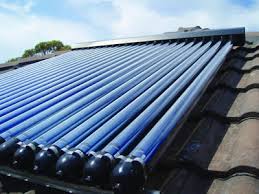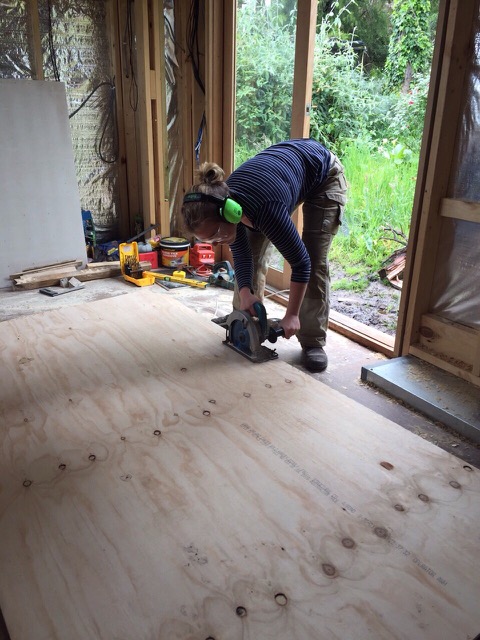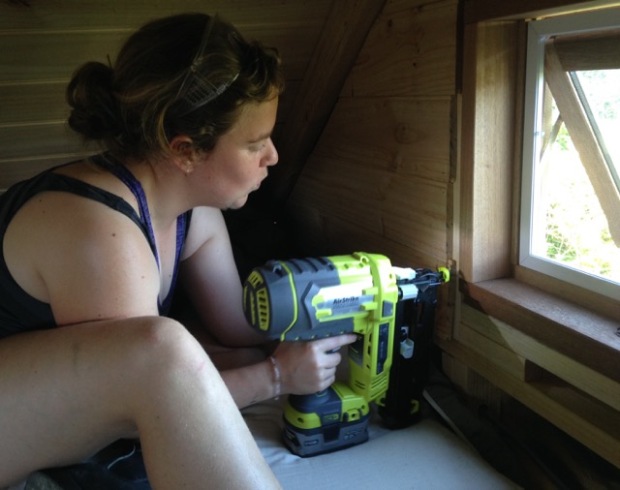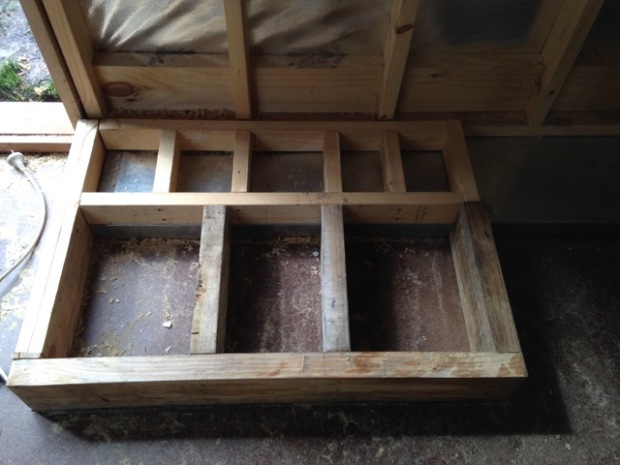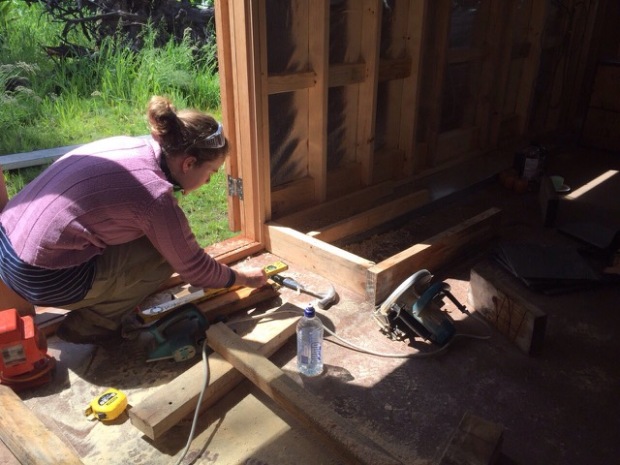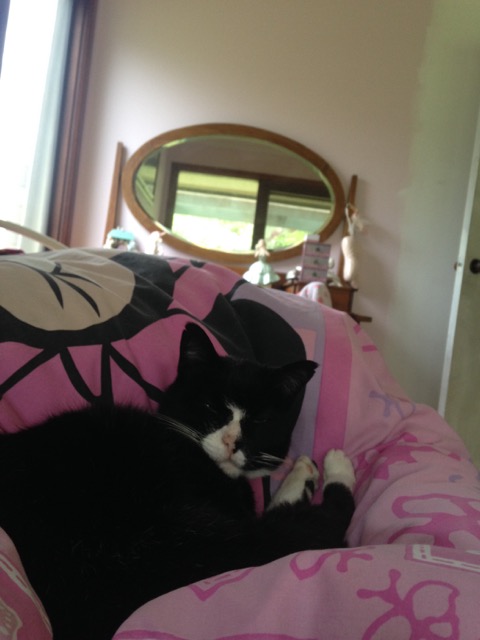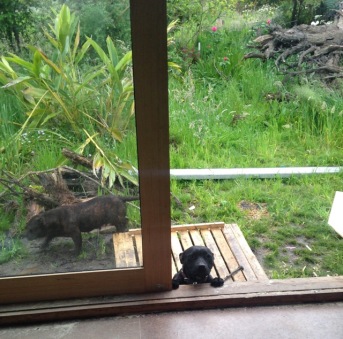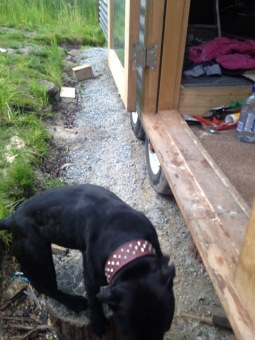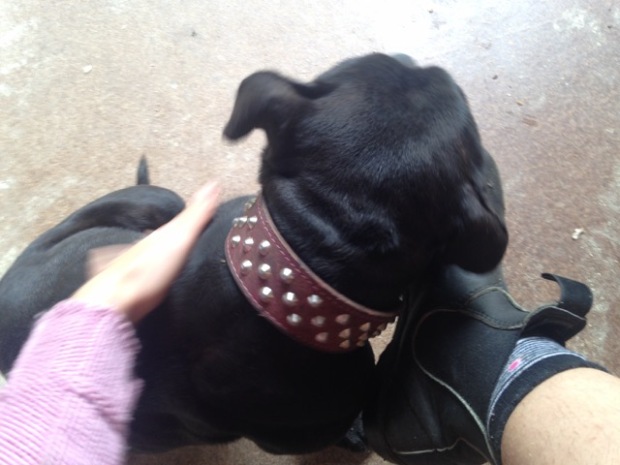Ok this isn’t a for dummies post, these are the nitty gritty details of my hot water set up and what I’ll actually be using after all this research.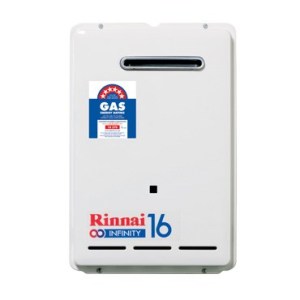
For all the reasons previously listed, I decided in the end that my hot water jacket, as romantic and appealing as it was, just wasn’t practical. Instead, I’ve opted for an instant gas hot water heater that will run from an LPG gas bottle. The model I’m going with is the Rinnai 16 , on the recommendation of my local solar and gas supplier. During my research I picked a few options, and mapped them out as follows:
| Brand/Model | Gas usage | Equivalent | Cost | Pressure | Details |
| Joolca – shower head only | 6L p/m, 28 Mj/H | $20 per bottle | $299 | 45 kPa | |
| Bosch Ci10 | 10L p/m, 79 Mj/H | 5.5 hours | $850 | 50kPa inlet (100kPa constant pressure for max flow) | requires vertical flueing, no power, internal installation |
| Rinnai Hotflo 10 | 10L p/m, 76 Mj/H | $750 | 120Kpa min for max flow | ||
| Bosch 10P | 10L p/m, 82 Mj/h | 5.37 hours | $750 | 55 kpa min constant for max flow | external, no power, gas pilot light |
| Bosch 10H | 10L p/m, 79 Mj/H | $839 | 60 kpa min constant | external, no power or pilot, hydropower | |
| Rinnai Infinity 16 | 16/20L p/m, 13.8/125 Mj/H | $750 | 120 kpa | external, electric pilot light |
The most important calculations and terms to understand here were the gas usage and the pressure requirements.
Gas usage
This is calculated in Megajoules per hour and needs converting to your relevant mode of usage. There are some useful conversion tables online and I worked out that if I’m running the hot water from a standard (BBQ size) 9kg LPG gas bottle, I’ll have about 441 Mj per tank. The Mj/h rate is a good starting point but also hard to make an accurate decision from. When I spoke to the guy from the solar and gas shop he explained that although the Rinnai has a higher max Mj/h rate, it’s also much more efficient at heating the water and so would use less gas overall to heat more of it. There are also star ratings for most models and this is a good indicator to go by apparently.
Details
The details are worth considering too. Do you need the heater to be installed internally? If so, will flueing the heater be a problem? Can it be installed externally? What sort of pilot light system will it use? Originally I had thought gas to reduce the burden on my solar system, but this means the pilot light is always lit and would be wasting a substantial amount of gas. Hydropower is another appealing option – this uses a mechanical wheel to generate the energy for the pilot light – no gas or electricity needed! I was pretty sold on the idea until I started reading some reviews online and was a bit turned off (it seems there have been quite a few problems with the mechanics in these models). I checked with my local retailer to see if he’d experienced problems as well and that’s when he turned me from the smaller Bosch system to the slightly larger (although apparently more efficient) Rinnai. The Rinnai does use electricity to spark the pilot light but I was assured this is only a tiny draw on the solar system. My solar guy agreed that it wouldn’t impact the amount of energy required but pointed out an interesting side note: the tiny draw of the pilot light may not be enough to kick my solar inverter out of sleep mode. Basically if the hot water doesn’t seem to be working, I need to go and switch on a light, ha! No hot showers in the dark for me.
Pressure
Pressure is measured in kpa (kilo-pascal) and psi (pound-force per square inch). Instant gas heaters require a minimum amount of pressure to work properly. I did consider the option of a gravity fed water system (just standing my water tank up higher than the taps and letting gravity do its thang), but without the pressure of mains water or a pump, these heaters aren’t going to work. So this brings me to the next step in the game: water pumps.
Water Pumps and Pressure Tanks
Due to the minimum required pressure of my heater, I need a water pump from my rainwater tank. To start with, I found a nice little popular 12 volt option, the Shurflo 4009. Pretty cheap but a good brand, has good reviews, doesn’t draw much power from the system and all in all seems like a good choice! If you’re running your pump on 12 volt power. Which I’m not. Power is a whole different kettle of fish that I haven’t touched yet, but I’ll get there eventually. Enough to say for now, that all of my power points are running on standard 240 volt AC power, and my pump needs to suit that system.
 To find a 240v pump that isn’t big or noisy and doesn’t draw huge amounts of power took a fair bit of digging. I eventually settled on a Grundfos CMB 1-36. Apparently Grundfos are a top of the range brand, are pretty quiet when running and have the lowest energy consumption I could find at 240v. The downside is that you pay for it. I’ll come to cost in a second. The other thing to keep in mind about pumps is that most of them will run constantly when your taps are turned on. This is pretty inefficient energy wise and doesn’t work well on a solar system.
To find a 240v pump that isn’t big or noisy and doesn’t draw huge amounts of power took a fair bit of digging. I eventually settled on a Grundfos CMB 1-36. Apparently Grundfos are a top of the range brand, are pretty quiet when running and have the lowest energy consumption I could find at 240v. The downside is that you pay for it. I’ll come to cost in a second. The other thing to keep in mind about pumps is that most of them will run constantly when your taps are turned on. This is pretty inefficient energy wise and doesn’t work well on a solar system.
Pressure tanks are a good way around the constant pressure problem, allowing you to use a certain amount of pressurised water before the pump kicks in and refills the tank. This means you can run your taps in small bursts and even maybe flush the loo (if you have one) a few times before the pump starts up. This is important because the pump can use up to seven times the amount of energy to start up as it does to run – it’s sensible to start it as seldom as possible and make the most of it while its running. I opted for a 30 litre pressure tank, which will connect to the pump and lets me use about 20 litres before the pump needs to activate. This should cover most of my day to day usage, except showering.
The Grundfos CMB1-36 doesn’t come with a pressure switch (to turn it on and off when the tank is full or empty) but my very handy local salesman said that wasn’t an issue. He rewired the thing for me then and there and added a switch on! I’m so glad I went into the shop and spoke to someone instead of just ordering the unit online. I highly recommend using the expertise and knowledge of people who work in the field, you can google and guess and figure out so much but there’s still so much to miss! Plus the price was pretty much the same in the store as online.
*
All in all though, with my $600 pump (youch!), $230 pressure tank, all the fittings and gidgets that went along with the two, the bill came close to $900. That’s just the pump and the tank, not including the heater! There are cheaper options I’m sure, but I’m aiming for quality and a highly functional and effective system. Hopefully that’s what I’ll have! I did ask the salesman if he had any other recommendations and felt quietly chuffed when he had a think and told me I’d picked the best one for my needs. Validation! Gotta love it.
My tank arrived as well on the weekend and even I had to giggle a little. It’s…well, tiny! Puny even. It’s hard to imagine what 600 litres looks like until it turns up on your doorstep, but here it is! I have no idea if it’s going to work or not be anywhere enough water to function with but I suppose there’s only one way to find out.

Plus if I get desperate there’s always the garden hose.
All in all it was a decent chunk out of the budget for all the plumbing materials (I picked up the flue for my stove as well, there’s another $700 for the flue kit and the elbow bends) and I haven’t even started paying the actual plumber yet! But I’m feeling pretty great about it all. They were big tricky decisions that took lots of deliberating. In the end the best advice came, unsurprisingly, from the experts. Having a good idea of what I needed and wanted and a basic understanding of all the elements involved to start with went a very long way.
The hot water system and pump won’t be active until the power is set up, that might still be another month or so away yet. But having my tank and downpipes set up to at least start catching this never ending spring rain would be nice! The grey water system will be the next challenge to tackle once the power is all bedded down I think. Still some thinking to do around that end of the operation.
Ok folks, I hope your brains as are drenched in plumbing knowledge as mine now, cos that’s all I’ve got so far. Look at us dummies go! x

